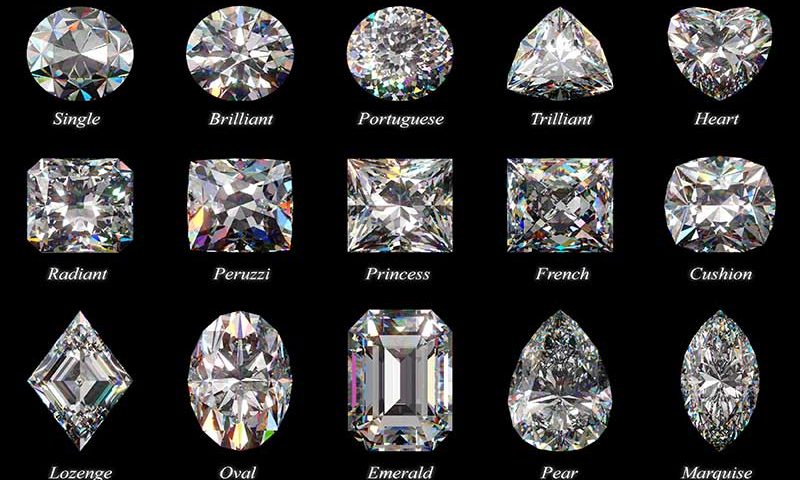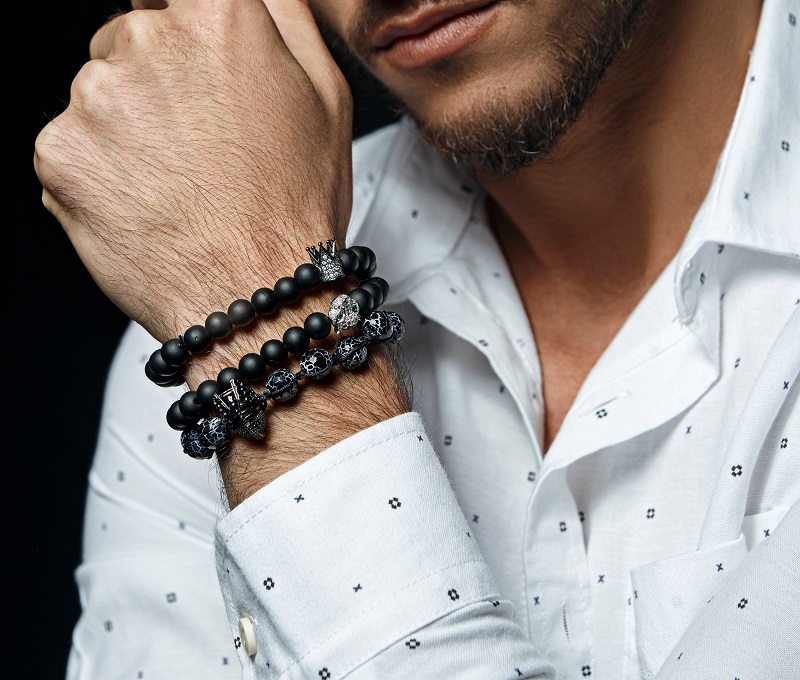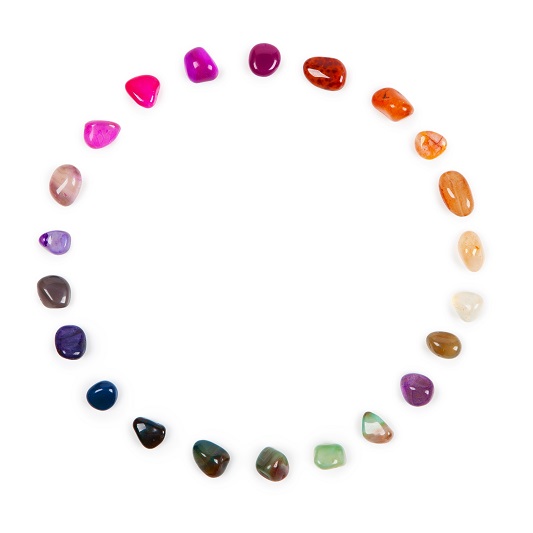The Four C’s of Diamond Buying

The Jewellery of Elizabeth Taylor
23rd June 2017
Most famous Jewellers of America
30th June 2017Whether you’re looking for an engagement ring for that special someone, a birthday or anniversary treat, or a pretty, personal purchase, when shopping for a new sparkly friend there are several things you need to look out for to ensure value for money. Also, the different features of a diamond can vastly alter its aesthetic so knowing your stuff could help you to find the diamond of your dreams.
To making diamond buying as effortless as possible, the different features you need to look out for sit in four memorable categories, also known as the four C’s: Cut, Clarity, Colour, and Carat Weight.
Diamond Cut
When jewellers refer to the diamond’s cut, typically, they are not referring to the diamond’s shape but, instead, the reflective qualities of said diamond which determines the diamond’s grade and, consequently, it’s price. Although, listed carefully as, in some cases, your jeweller may refer to the diamond’s cut as in its shape, such as if you’re purchasing an emerald-cut diamond ring. Usually, it is the brightest, most reflective and, therefore, visually striking diamonds that will have a higher price tag, which is why it’s important you understand what to look for when shopping for diamond jewellery.
Poorly-cut diamonds will ‘leak’ light, which means the surface won’t appear as bright as it usually would as the light is not reflected once it hits the eye of the diamond. For instance, a shallow cut diamond will allow light to seep straight through the bottom while a classic, ideal-cut diamond will reflect the light straight back out the top of the diamond. Jewellery shops grade diamonds in relatively easy-to-understand terms, from the best which is ‘ideal’ through to ‘fair’ and ‘poor’. When buying diamonds, always choose the best cut your budget affords you. Remember, a single exquisite diamond ring or a pair of earrings outweighs having multiple pieces of jewellery set with poorly cut diamonds.
Diamond Clarity
Naturally, diamonds have flaws, however, the fewer flaws, the better the clarity. Diamond flaws come in two forms: blemishes, which are scratches and chips seen on the surface of the diamond, and inclusions, which include air bubbles, cracks and traces of other minerals found within the diamond. As you may have guessed, the better a diamond’s clarity, the more valuable and, therefore, expensive the diamond will be. To determine a diamond’s clarity, a jeweller magnifies the stone and inspects it.
Grading ranges from ‘flawless’, which means the diamond has no blemishes or inclusions whatsoever, down to ‘included 3’ which means the diamond has excessive amounts of blemishes and inclusions which are visible to the naked eye. If you’re looking to set a budget before you begin shopping, keep in mind that flawless-grade diamonds will set you back more than $20,000 while ‘VS1-VS2’ (very slightly included 1 and 2) diamonds can be snapped up from around $3,750. Better still, if you’re looking for a beautiful diamond that looks flawless to the naked eye, you can go as low as grade ‘SI1-SI2’ (slightly included 1 and 2) before your naked eye will be able to see any flaws in the diamond.
Diamond Colour
When a jeweller refers to a diamond’s colour, typically, they are referring to white diamonds and the presence or lack of colour in the diamond. Most diamonds have some colour, even if you can’t see it; however, the most valuable white diamonds are ‘colourless’ white diamonds that are entirely transparent, like glass, thereby allowing more light to pass through the diamond, giving off more sparkle. The clearer a diamond’s colour, the higher the price tag. Although, do keep in mind that vibrant, coloured diamonds such as bright yellow, blue and green diamonds are, in fact, very rare and, therefore, more desirable, which means they will cost more than your average perfect white diamond.
A diamond’s colour is graded from ‘D’, meaning colourless and, therefore, the best quality, right through the alphabet to ‘Z’, which means the diamond is murky. The worse the colour grade, the more faintly yellow or brown the diamond will appear. When shopping for diamonds, you should try and choose stones with a colour grade of ‘D’ through ‘F’ as these are, generally, the most desirable due to their brightness thanks to the stone reflecting light back with little, if any, disturbance to the trail.
Diamond Carat Weight
Carat (rather than ‘Karat’, as when grading gold) is the unit of measurement used to weigh a diamond. One carat equals 0.2g or 200 milligrammes. The higher the carat, the rarer and, therefore, more expensive the diamond. Also, the higher the carat, the larger the diamond. For instance, a 0.25 carat diamond will be just over 4mm in circumference while a one carat diamond will be around 6.4mm.
As when buying any jewellery, diamond and otherwise, you should only buy what you can afford. According to a consumer survey, in 2013, the average price paid for an engagement ring was just over $5,000. When shopping for diamonds, always remember that slender fingers will make a bigger diamond look exceptionally large. If your partner would prefer a larger diamond, choose a large diamond with a lower quality cut and clarity to avoid having to pay over the odds for your diamond.
In Summary
As well as the Four C’s of Diamond Buying, you may want to look at diamond certificates which will tell you not only where the stone originated from but also its characteristics. A diamond certificate is a fantastic accompaniment if you’re giving the diamond as a gift, or if set in an engagement ring.
No matter how big or small your budget, there is a diamond cut, clarity, colour, and carat weight out there for everyone. For the best value for money, choose a mid-range diamond free of visible flaws. Providing your upfront about your budget, your local jeweller will talk you through the best options.




